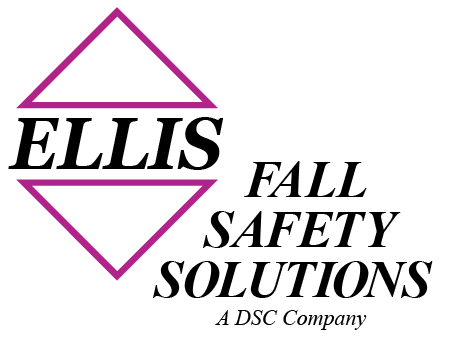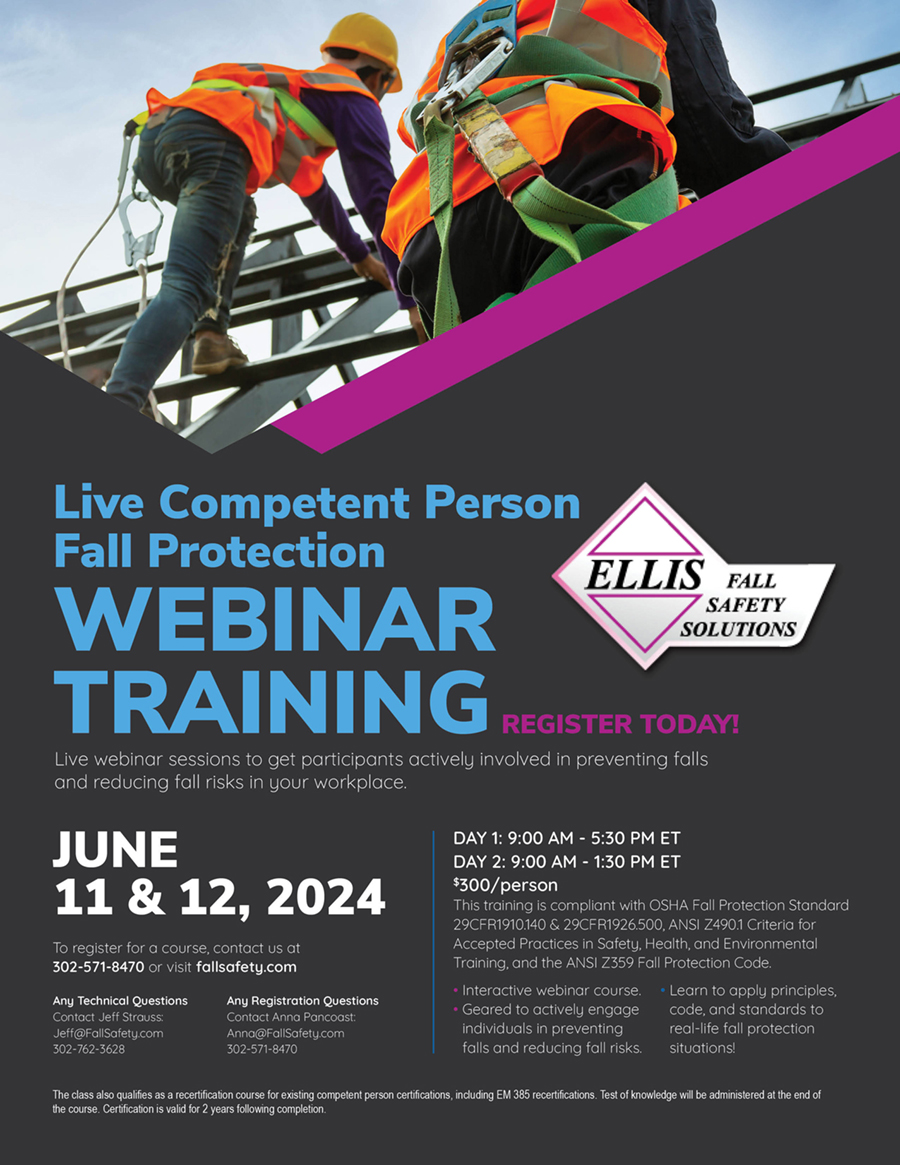Falls are one of the leading causes of workplace injuries and fatalities. To mitigate these risks and ensure worker safety, fall protection training courses have emerged as essential tools for employers and employees alike. At Ellis Fall Safety Solutions, we will dive into the importance of these training courses, exploring their key components, benefits, and how they contribute to fostering a culture of safety in the workplace.
Understanding Fall Protection Training Courses
These training courses are educational programs designed to equip workers with the knowledge and skills necessary to prevent and respond to fall hazards in the workplace. These courses cover a range of topics, including identifying potential fall hazards, understanding safety regulations and standards, selecting and using appropriate personal protective equipment (PPE), and learning proper fall arrest techniques.
Key Components and Topics Covered
Fall protection training courses typically include a comprehensive curriculum tailored to the specific needs and hazards of various industries. They encompass key components such as:
Hazard Identification: Workers are educated on identifying potential fall hazards in different work environments, including elevated platforms, scaffolding, ladders, and rooftops.
Safety Regulations and Standards: Courses familiarize participants with relevant safety regulations, such as OSHA (Occupational Safety and Health Administration) standards, and emphasize the importance of compliance to prevent accidents and avoid penalties.
Proper Use of Personal Protective Equipment (PPE): Training focuses on the selection, inspection, and correct use of PPE, such as harnesses, lanyards, and anchorage systems. Participants learn how to assess equipment integrity and ensure its effectiveness in fall prevention.
Fall Prevention and Protection Systems: Training programs educate workers on various fall prevention and protection systems available, including guardrails, safety nets, and personal fall arrest systems. Workers gain knowledge on how to properly install, inspect, and use these systems.
Fall Arrest Techniques and Rescue Procedures: Participants are taught proper fall arrest techniques, including the safe use of self-retracting lifelines and correct anchorage. Rescue procedures in case of a fall are also covered, emphasizing the importance of prompt and effective response to mitigate injury risks.
Benefits and Advantages
Fall protection courses offer numerous benefits to both employers and employees. For employers, these courses create a safer work environment by reducing the risk of falls and related injuries. They demonstrate a commitment to worker well-being, enhancing employee morale and productivity while potentially reducing insurance costs and liability.
For employees, fall protection training courses empower them with knowledge and skills to identify and address fall hazards, ensuring their personal safety and the safety of their coworkers. Participants gain a greater understanding of safety regulations, enabling them to actively contribute to maintaining a compliant workplace.
Continuing Education and Refreshers
To ensure ongoing safety and compliance, fall protection training includes opportunities for continuing education and refresher courses. These updates help employees stay current with changing regulations, industry best practices, and advancements in fall protection technology. Periodic training refreshers reinforce knowledge, reinforce safe behaviors, and address any emerging issues or concerns.
Fall protection training courses from Ellis Fall Safety Solutions in Ohio are essential for promoting worker safety and preventing falls in the workplace. By equipping employees with the necessary knowledge and skills, these courses allow staff who work at height to be confident and feel secure in their workplace’s safety. To learn more about our fall protection engineering and safety courses, contact Ellis Fall Safety Solutions at 302-571-8470.

